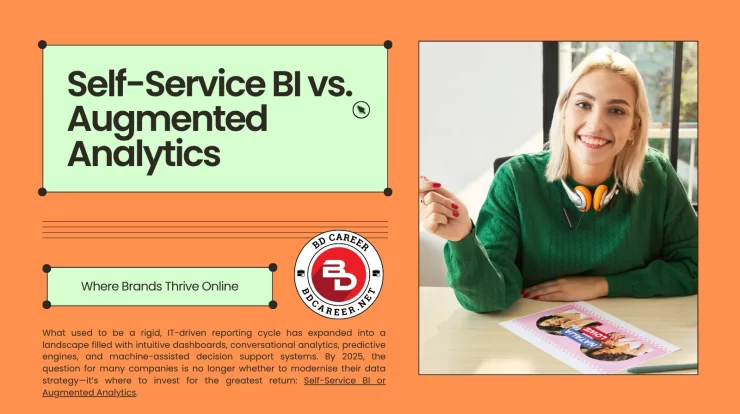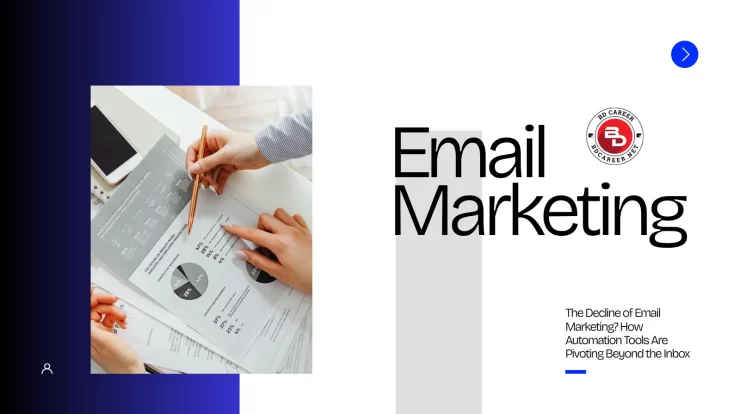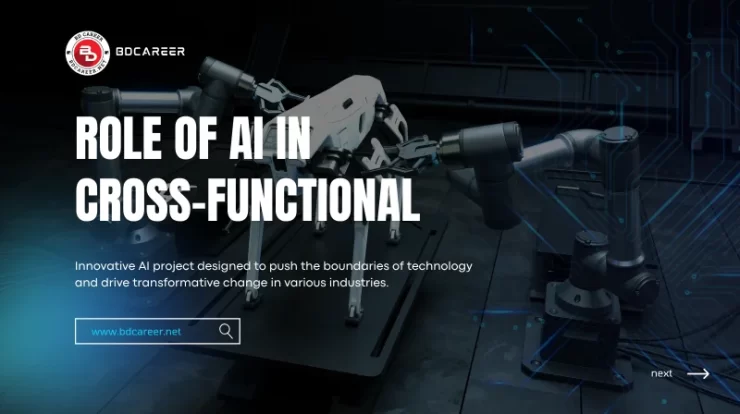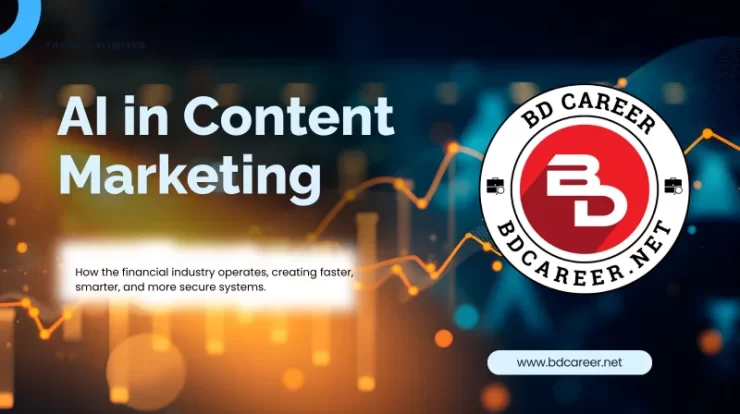
Once upon a time, content marketing was simple, write something catchy, publish it, and hope the right audience finds it. But those days are long gone. Today’s consumers scroll through oceans of digital noise, their attention pulled in a dozen directions at once. The brands that stand out aren’t the loudest; they’re the most relevant. That’s where artificial intelligence (AI) steps in, not as a distant, robotic overseer, but as an invisible architect of experience. It quietly studies behaviour, learns preferences, and then helps marketers craft stories that feel surprisingly personal.
AI is transforming content marketing from a process of “pushing” messages out to one of “pulling” individuals in. It’s creating what we call hyper-personalised journeys—content experiences so tailored that audiences feel like the brand truly “gets” them. We’ve entered the era of intelligent storytelling, where automation doesn’t replace creativity—it magnifies it.
Contents
From Automation to Personalisation: The Shift in Strategy
A decade ago, automation in marketing was mostly about efficiency: scheduling social posts, sending email blasts, and auto-filling names in newsletters. It saved time, sure—but it didn’t connect.
Now, AI-driven automation has taken a different turn. It’s no longer about doing repetitive tasks faster; it’s about making every interaction smarter.
Machine learning algorithms study how we browse, click, scroll, and even linger on certain words or images. They detect intent—the subtle signals behind our actions. Did you click because you were curious, or because you’re ready to buy? AI figures that out in seconds and adjusts accordingly.
Think of Netflix recommending a show you didn’t know existed but instantly love. Or Spotify curates a playlist that seems to understand your mood better than your best friend. That’s AI at work—turning cold data into emotional resonance.
Content marketers are borrowing these same principles. Instead of blasting generic posts, they’re crafting personalised newsletters, dynamic web pages, and ads that evolve in real-time—all powered by AI insights.
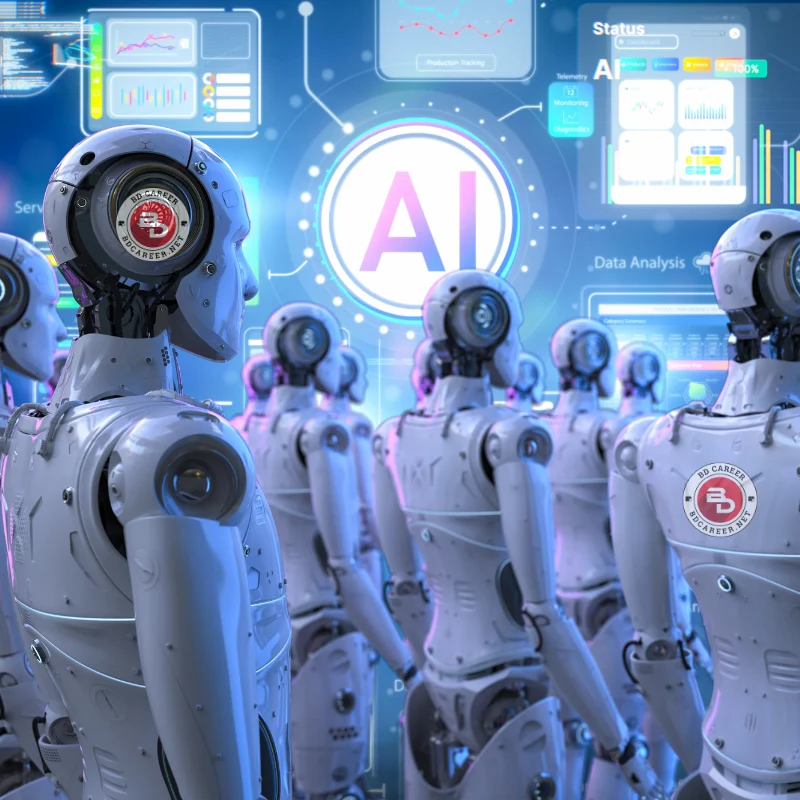
The Core Technologies Behind AI-Driven Content
The magic behind hyper-personalisation doesn’t come from one single technology—it’s a symphony of several working together.
1. Natural Language Processing (NLP):
This is what helps AI understand and generate human language. From chatbots answering customer questions to AI tools editing your writing for tone and clarity, NLP is the backbone of conversational marketing. It allows brands to sound human even when no human is typing.
2. Predictive Analytics:
AI doesn’t just describe what’s happening—it anticipates what’s next. Predictive models analyse patterns in data (like your browsing history or engagement habits) to predict which piece of content will resonate next. For example, if you’ve read three blog posts about home workouts, the next newsletter might automatically highlight a video on fitness routines.
3. Generative AI:
Tools like ChatGPT, Jasper, and Copy.ai are redefining how marketers produce content. They can generate product descriptions, ad copy, visuals, and even videos customised for each audience segment. Instead of creating one version of a campaign, brands can now create hundreds—each one slightly different depending on who’s looking.
4. AI-Powered CRMs and CDPs (Customer Data Platforms):
These systems integrate everything—email performance, purchase history, website activity—and feed it into one unified profile. Then AI analyses it to deliver exactly the right message at the right time. Imagine a CRM that knows when a customer is about to churn and automatically triggers a retention campaign before it happens.
When these technologies work together, the result is seamless storytelling—consistent, contextual, and deeply personal.
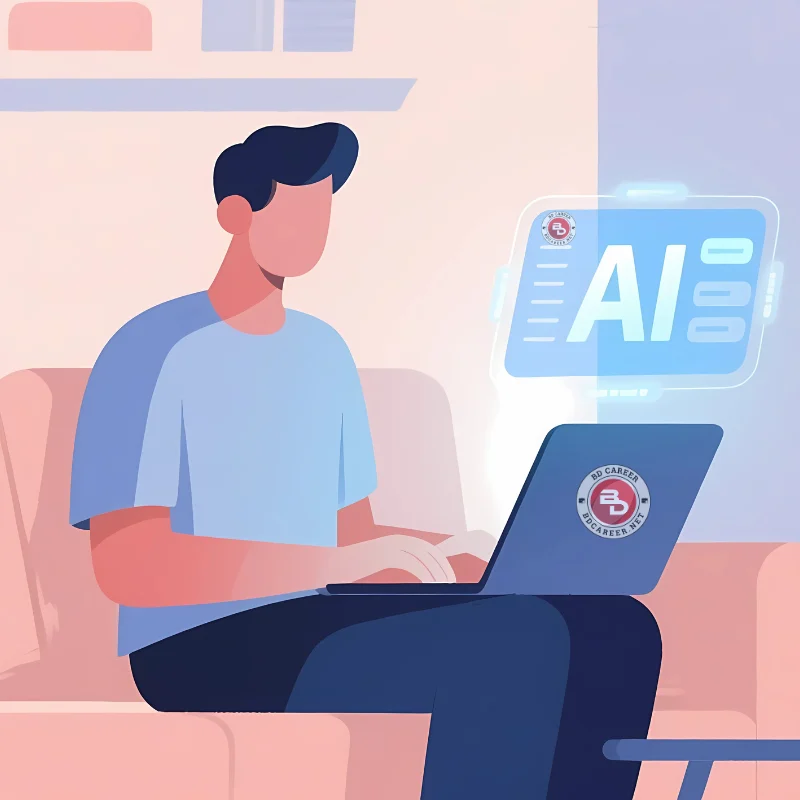
The Fuel of Hyper-Personalisation
AI’s brilliance depends entirely on the data it’s fed. Data is the fuel that keeps these intelligent engines running.
Marketers now collect first-party data (information provided directly by customers) more than ever—web interactions, survey responses, purchase histories, and more. The advantage? It’s accurate, consent-based, and gives brands a clearer understanding of their audience.
However, personalisation doesn’t mean surveillance. Ethical data use is crucial. With privacy laws like GDPR and CCPA tightening global regulations, brands must be transparent about how they collect and use information. People are more likely to share data when they trust the brand using it.
AI helps here, too—by anonymising data, managing consent preferences, and detecting bias in targeting.
Some brands are taking personalisation to stunning new levels. Picture this: a travel company using AI to adjust email content based on live weather data. If it’s raining in your city, the subject line might read, “Escape the rain—sunny deals await in Santorini.”
That’s the difference between generic marketing and a hyper-personalised experience that feels like a conversation.
Real-World Applications and Case Studies
Retail:
AI has become the silent partner of every successful retail brand. Platforms like Shopify and Adobe Sensei help businesses analyse buying habits and create tailored product recommendations. An online shopper who lingers on sustainable products might see more eco-friendly options highlighted next time—automatically.
B2B Marketing:
In the business-to-business world, personalisation once felt impossible. But now, AI can curate newsletters based on individual reading patterns, job titles, or industry needs. For instance, LinkedIn’s algorithmic content recommendations help brands stay visible to the right decision-makers at the right moments.
Social Media Advertising:
Platforms like Meta and TikTok use AI to dynamically adjust ad creatives in real-time. If users engage more with lifestyle images than product shots, the AI shifts ad delivery accordingly. Each audience segment ends up seeing what resonates most with them.
Content Creation:
Writers and marketers now co-create with AI. Tools can suggest topics trending among specific demographics, optimise headlines for engagement, or even adjust tone based on emotional analysis. The result? Faster production and sharper storytelling.
In all these cases, AI isn’t replacing creativity—it’s scaling it.
Challenges and Ethical Considerations
Still, not everything about AI-driven marketing is smooth sailing.
The first big concern is over-automation. When every touchpoint is machine-generated, messages can start to feel impersonal—like an algorithm trying too hard to sound human. The magic of storytelling gets lost.
The second is bias. AI systems learn from data, but if that data is skewed or incomplete, the output can unintentionally favour or exclude certain audiences. It’s a reminder that human oversight is non-negotiable.
Then there’s privacy. As personalisation deepens, so does the sensitivity of the data involved. Striking the right balance between relevance and respect is the new frontier of trust.
Lastly, authenticity matters. Consumers can tell when a message feels automated, even subtly. Brands must blend automation with emotional intelligence—allowing AI to do the heavy lifting, while humans inject warmth, humour, and creativity.

Adaptive Storytelling and Human-AI Collaboration
So, what’s next?
We’re moving toward adaptive storytelling—where content evolves dynamically based on feedback and context. Think of it as a “living campaign.” The narrative shifts as the audience interacts with it. Marketers will soon act less like writers and more like conductors, orchestrating AI tools, analytics dashboards, and creative assets into symphonies of personalisation.
Voice-based personalisation is also on the rise. Imagine saying, “Hey, I’m looking for eco-friendly running shoes,” and your device instantly curates not just products but blog articles, videos, and user reviews—delivered in your preferred tone and language.
We’ll also see emotion-aware AI, capable of detecting frustration, excitement, or confusion in user behaviour and adjusting the content accordingly. A brand’s chatbot could detect impatience and switch from a friendly tone to a more concise, solution-oriented one instantly. But amid all this innovation, the most successful marketers will remember one golden rule: Technology should amplify humanity, not replace it.
Conclusion
AI in content marketing isn’t just a technological evolution—it’s an emotional revolution. It’s shifting the focus from broadcasting to bonding, from selling to understanding. Automation now empowers marketers to create one-to-one experiences at scale, turning every click, scroll, and view into a meaningful interaction. The paradox? The more machines personalise our journeys, the more human the experience becomes—when done right.
The future of marketing belongs to those who master this balance. Let the algorithms handle precision and prediction—but let people shape the heart of the story. Because in the end, audiences won’t remember the AI that tailored their journey.
They’ll remember how it made them feel.

